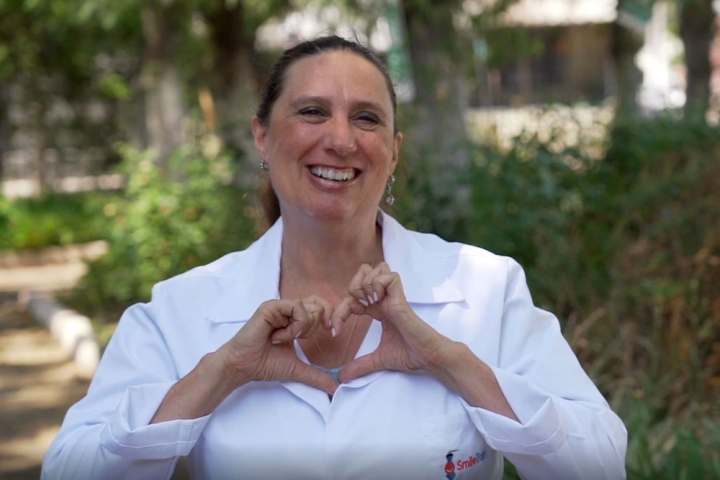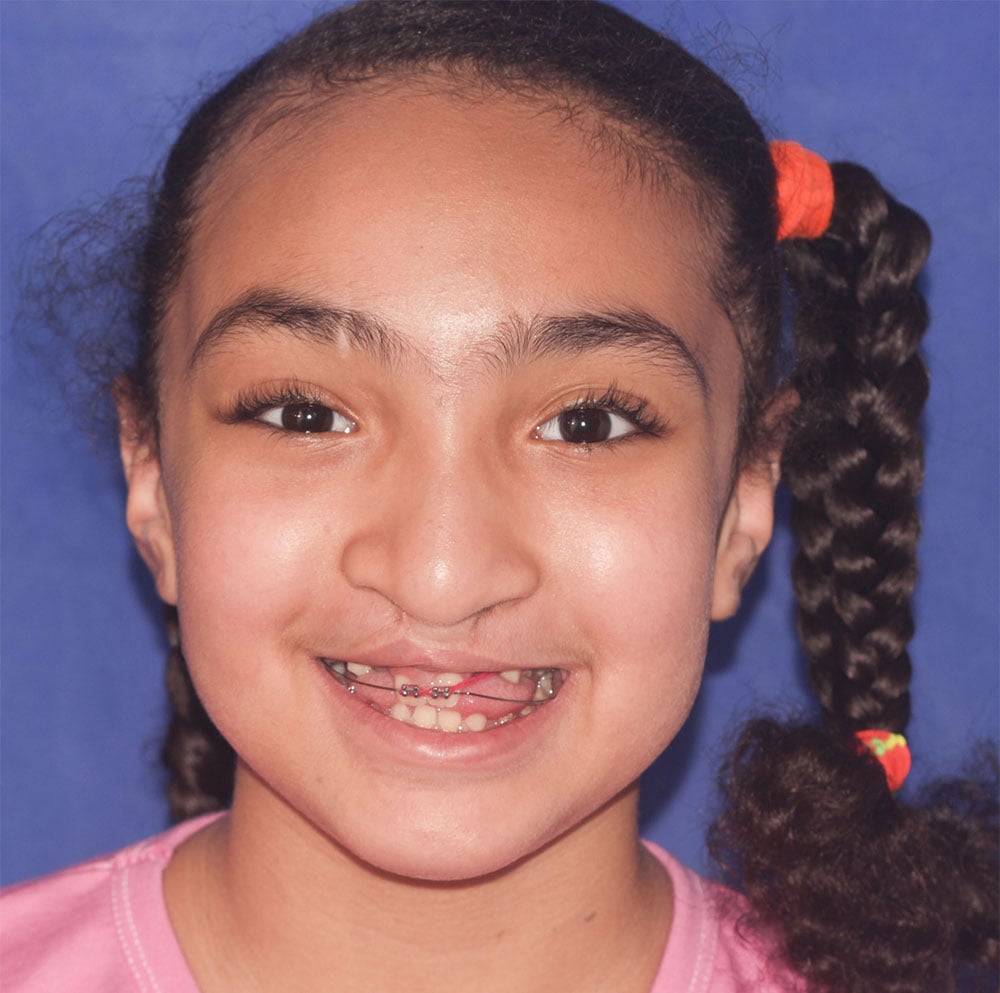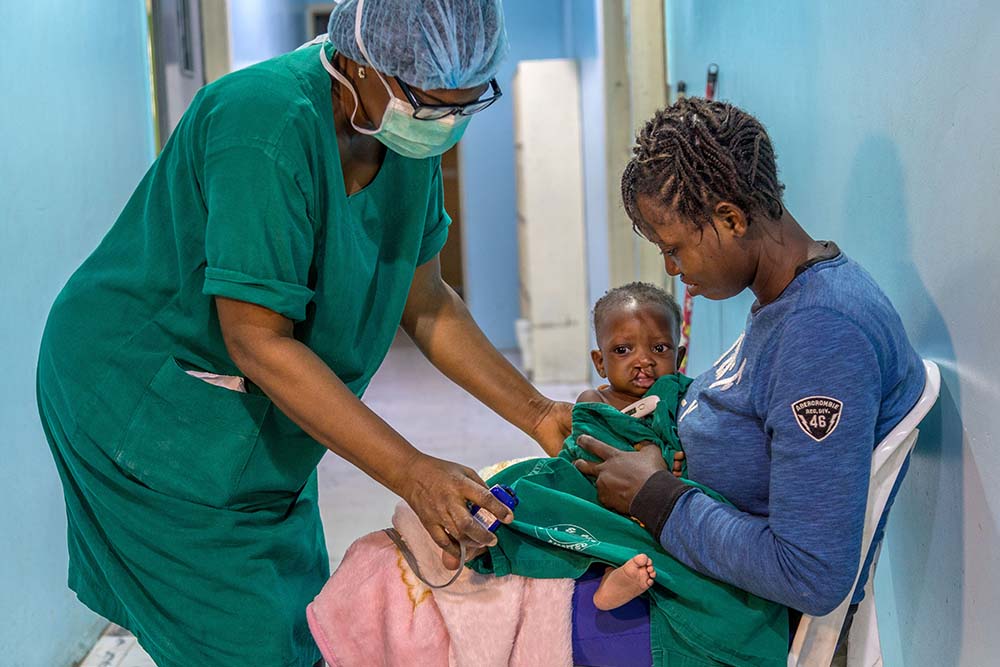Five Myths About Clefts That Couldn't Be More Wrong
Fact: A cleft is never anyone's fault and often requires a lifetime of comprehensive treatment

From a very young age, we start forming our values and beliefs. And as we get older, we either reinforce them or discard them.
It is imperative that we acknowledge that not everything we grew up believing in is necessarily true. For example, there are countless of myths and misconceptions out there that keep getting passed on generation after generation, regardless of how hurtful they might be to a specific group.
Unfortunately, the cleft community is often affected by mistaken assumptions like these.
For this reason, we decided it is time to break some of the hurtful stereotypes and misconceptions that surround the cleft community.
1. Parents (especially mothers) cause clefts.
This myth suggests that parents somehow are guilty for their children's clefts. For example, some people think that clefts are a result of the mother being promiscuous during her pregnancy, which is completely false.
There's also a myth that suggests that clefts are caused by the mother using a knife during a full moon, which can result in a lot of guilt for the mom.
Believing that parents cause clefts is not only hurtful and wrong, but it could be dangerous, too. According to Dr. Amanda Malungo, this erroneous belief discourages mothers from seeking much-needed help for their children for fear of being judged by their community.
It is important to understand that while no one really knows exactly why clefts occur, most experts agree that they could be a result of many things. There could be a genetic component as well as environmental factors like drug and alcohol use, infections, lack of Vitamin B, and more.
2. Clefts are only an "aesthetics problem."
The above statement is completely false. Having a cleft lip and/or palate goes beyond appearances alone.
Clefts are accompanied by many challenges. For example, most people born with clefts have difficulty eating, breathing, hearing and speaking.
Take Sondos' story, for example: A little girl who was born with a cleft and whose mother couldn't nurse her without her choking on the milk. Sondos spent the first five days of her life crying with hunger.

Furthermore, people with clefts also encounter issues with their self-esteem and their mental health.
According to Jennifer Miner, member of the Cleft Community Advisory Council (CCAC), while many people with clefts seek surgery for a better quality of life, in part this includes improving their self-esteem and self-worth.
“Having a cleft lip and palate sets one apart, we are often ’the only one’ in the room,” Jennifer wrote. “That negative impact can manifest in many ways: feeling isolated, depression, anxiety, anger and other challenges.”
So no, clefts aren't only an "aesthetics problem."
3. Clefts are contagious.
Some people believe that clefts are contagious, and some are so scared of this that they won't allow their children to play with others.
“Many young children and older adults end up facing social isolation and bullying to name a couple,” said a member of our Cleft Community Advisory Council (CCAC).
Clefts are not contagious. Children with clefts shouldn't be isolated from others or deprived from playing with other kids because of this false belief.
4. Clefts are caused by demons or witchcraft.
There's a dangerous myth that suggests people born with clefts are either cursed or possessed, and even some respected tribal chiefs and religious leaders believe this to be true. This myth is mostly heard in some African countries, and has cost the lives of many innocent children.
For this reason, over the past 10 years, Smile Train has been working hard to raise awareness about clefts, and to stop the spread of this erroneous and dangerous belief.
When Amissou saw his son smile for the first time after his cleft surgery, he made it his purpose to go from village to village in Cameroon spreading a very important message:
Your cleft "is not a curse," he said. "This can be treated. There is a solution for it, and you can access it for free, thanks to Smile Train. Don't be afraid."

5. Only humans can get clefts.
Not only humans can get clefts, some animals like dogs and cats can also be born with a cleft lip and/or palate. But just like with humans, most clefts in animals can also be treated.
In Summary:
- No, clefts aren't some sort of punishment for something that you did as a parent.
- No, clefts aren't only about the "looks."
- No, clefts aren't contagious.
- No, clefts don't mean your child is possessed or cursed.
- No, not only humans can get clefts.
“The more I hear people say similar things, the more I have realized that there is a real big need for education in our communities about cleft and other craniofacial differences,” said a member of the CCAC.
Misinformation can be dangerous, and this list of myths proves how dangerous it can be.
It's time to stop assuming and start taking action against myths and misconceptions. Who knows? You might even be saving someone's life!
Want to join a community dedicated to fighting myths and standing up for the dignity of every face?
